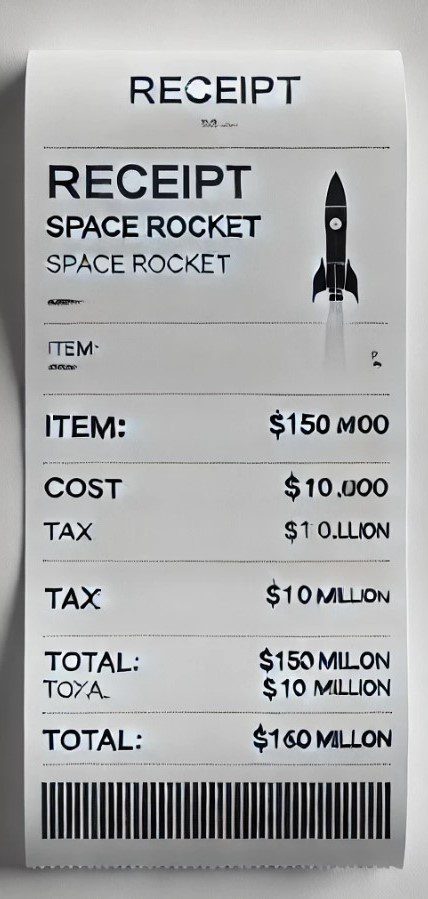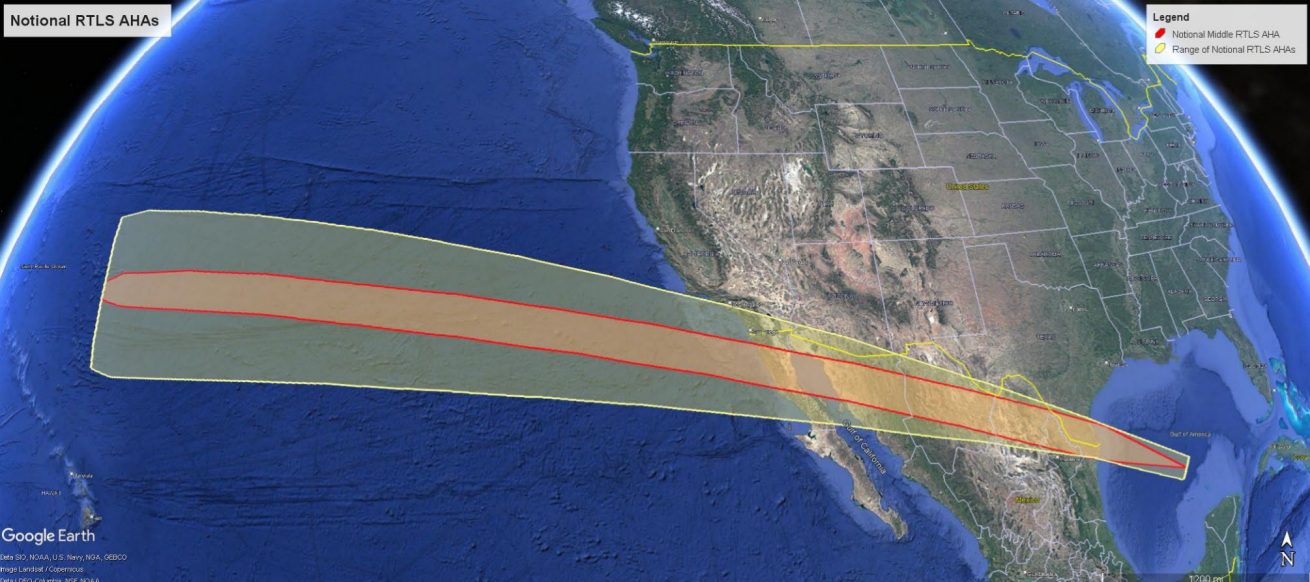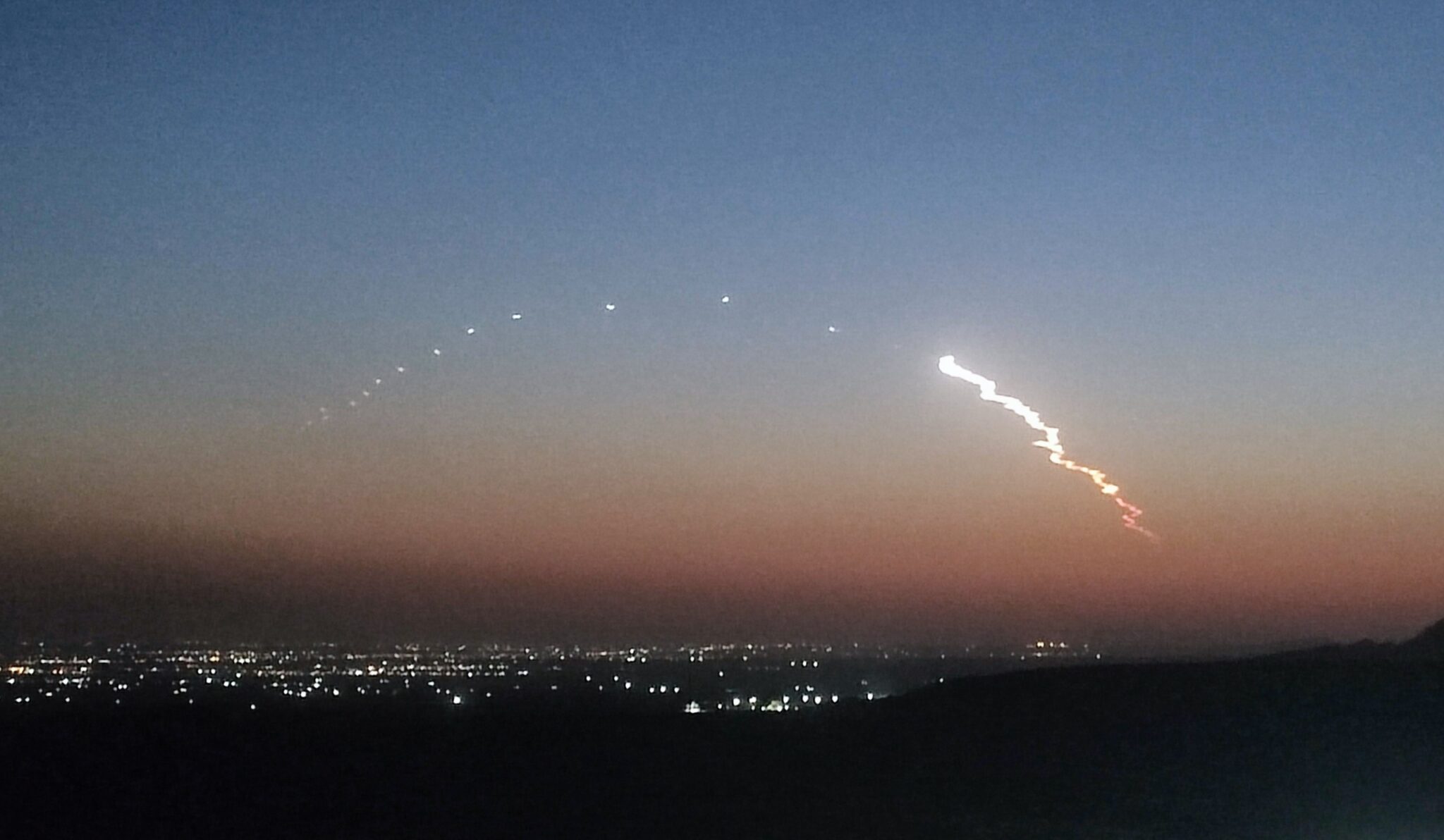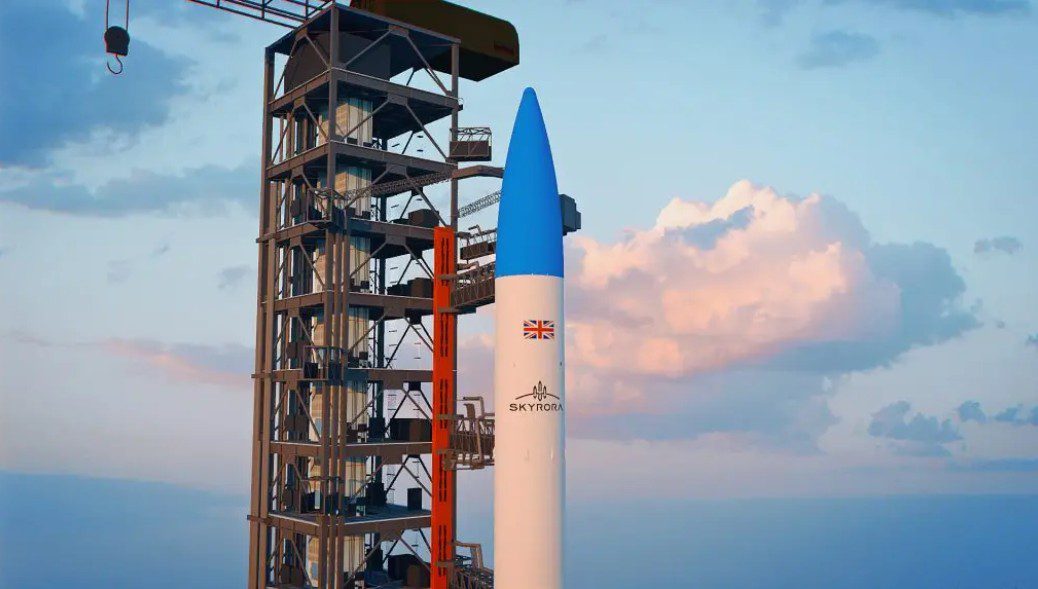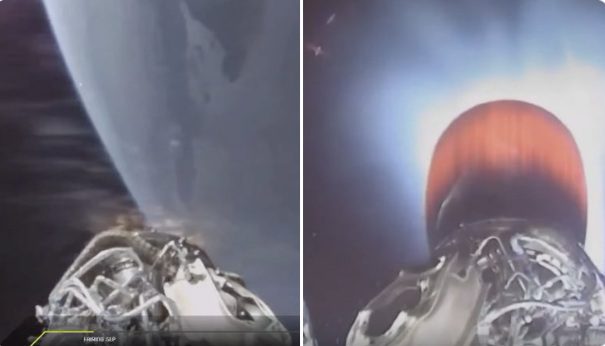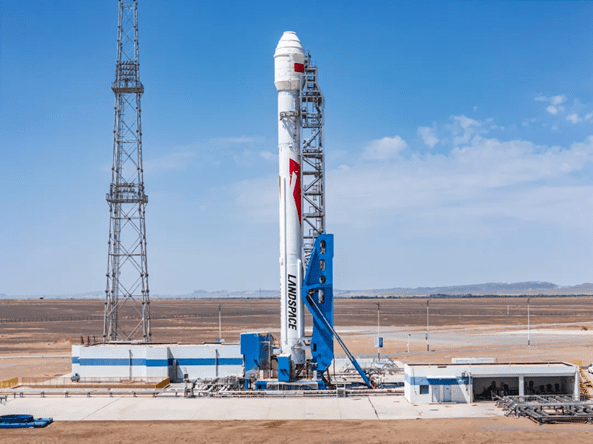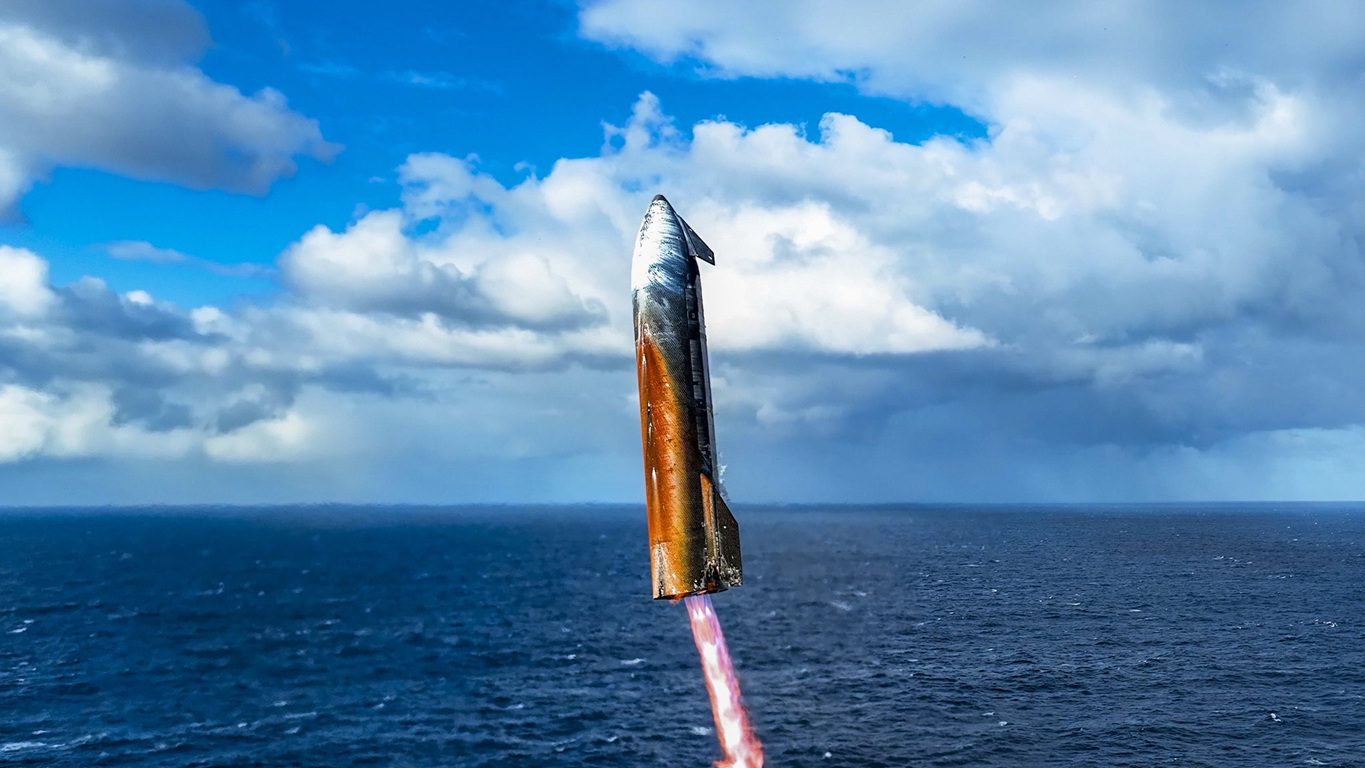At 0620 GMT, 2 November 2016, a Japanese H-IIA202 launcher carried the Himawari 9 (Geostationary Meteorological Satellite), into a Geostationary Transfer Orbit (GTO). From there it will take the spacecraft a few weeks to reach its operational orbit of around 36,000 km over the equator. The rocket lifted off from Pad 1 at the Tanegashima Space Centre, located on the Osumi islands, the northernmost set of islands in a chain that stretch south from the four main islands of Japan, all the way to Taiwan.
This marks the second H-IIA launch of the year, the first carrying the Hitomi (Astro-H) space telescope in February. Japan is planning on conducting one more launch in 2016, using the sister rocket H-IIB to lift the HTV-6, re-supply mission to the ISS in December.
Himawari 9 is the second in a set of two third-generation weather monitoring satellites built for Japan by national spacecraft provider Mitsubishi Electric Corporation (MELCO). The spacecraft has the same primary payloads as its predecessor, Himawari 8, and will replace Himawari 7 in providing the in-orbit, back-up role, before taking over the primary mission from Himawari 8 in several years time. The satellites provide weather coverage over Asia and the Pacific region.

